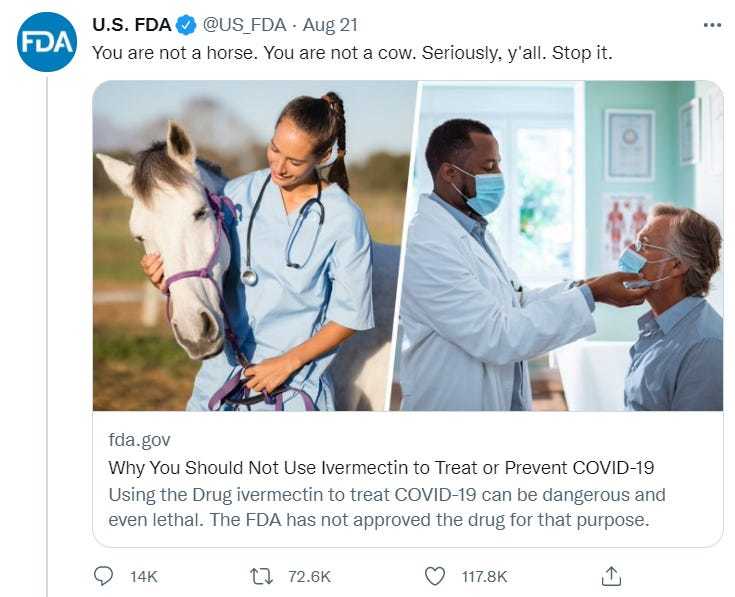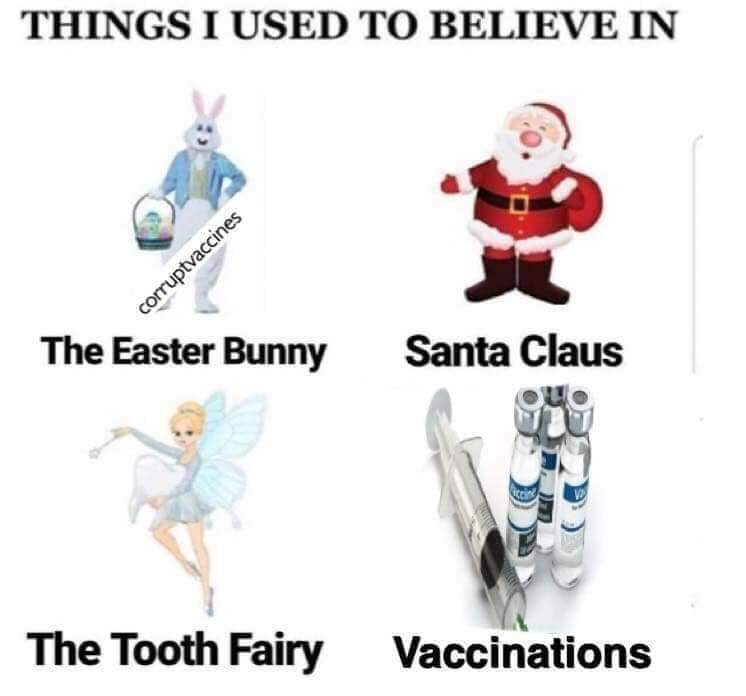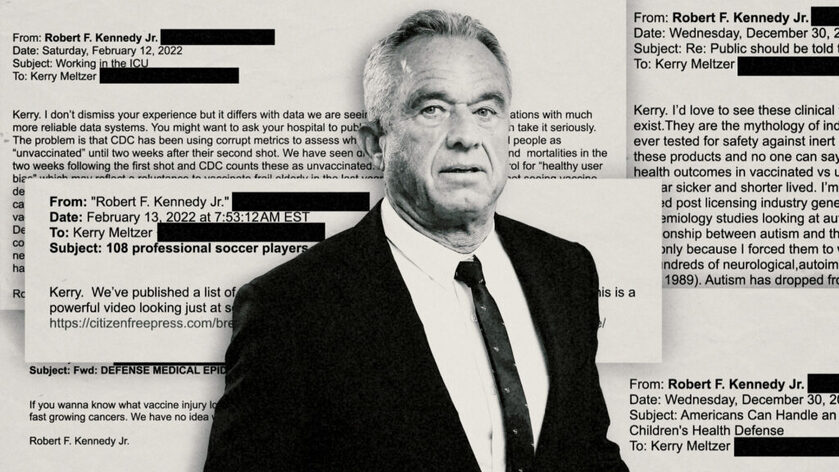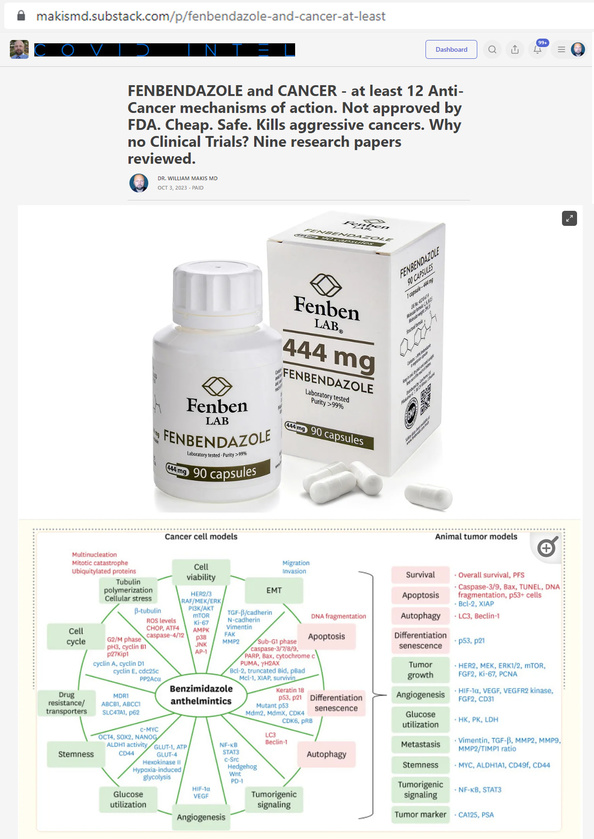Horse-Bleep: How 4 Calls on Animal Ivermectin Launched a False FDA-Media Attack on a Life-Saving Human Medicine
In a hokey tweet on August 21, the U.S. Food and Drug Administration told Americans the obvious: “You are not a horse. You are not a cow. Seriously, y’all. Stop it.”
Everyone knew what “it” was: an animal form of the drug ivermectin that folks were said to be using, widely, for covid-19. Don’t, said FDA.
Within two days, 23.7 million people had seen that Pulitzer-worthy bit of Twitter talk. Hundreds of thousands more got the message on Facebook, LinkedIn, and from the Today Show’s 3 million-follower Instagram account.
“That was great!” declared FDA Acting Commissioner Janet Woodcock in an email to her media team. “Even I saw it!” For the FDA, the “not-a-horse” tweet was “a unique viral moment,” a senior FDA official wrote to Woodcock, “in a time of incredible misinformation.”
There was one problem, however. The tweet was a direct outgrowth of wrong data—call it misinformation—put out the day before by the Mississippi health department. The FDA did not vet the data, according to our review of emails obtained under the Freedom of Information Act and questions to FDA officials. Instead, it saw Mississippi, as one email said, as “an opportunity to remind the public of our own warnings for ivermectin.”
The story behind the tweet that went ’round the world shows how a myth was born about a safe, if now controversial, human drug that was FDA-approved for parasitic disease in 1996 and bestowed the Nobel Prize in Medicine in 2015. It is a story in which the barest grain of truth morphed into an anything-goes media firestorm.
It began with one sentence in a Mississippi health alert on reports to the state’s poison control center: “At least 70% of the recent calls have been related to ingestion of livestock or animal formulations of ivermectin purchased at livestock supply centers.” In the thick of a fierce covid wave in the American South, no official at the FDA, or reporter for that matter, seemed to ask: 70 percent of what? Instead, government and media joined forces against a public health threat that, in retrospect, was vastly exaggerated.
Amid dozens of articles that ensued, Rolling Stone told of Oklahoma hospitals so jammed with ivermectin overdoses that gunshot victims had to wait for care—except it wasn’t true. Twice, The New York Times printed corrections of the same false information from Mississippi, which it described in one article and later removed, as “a staggering number of calls.” The Associated Press, Washington Post and, twice, the The Guardian in London also corrected its reporting on the alert.
The Times’ correction summed it up: “This article misstated the percentage of recent calls to the Mississippi poison control center related to ivermectin. It was 2 percent, not 70 percent.” (The Times and Post both made corrections in direct response to our reporting for this article.)
In real numbers, six calls were received for ingestion of ivermectin. Four were for the antiparasitic drug given to livestock.
If ivermectin reports had indeed been 70 percent of calls in the twenty days covered by the alert, about 800 would have flooded the poison control line. Instead, eight came in. Two callers sought information. Five had mild symptoms. One was advised to seek further care, according to data from the Mississippi Poison Control Center.
Without question, people should not take drugs made for animals, given issues of dosing and medical oversight, to name just two. That much is clear.
But in hopping on the Mississippi bandwagon, the FDA achieved a long-standing goal separate from warning against livestock dewormer. It obliterated the line between the ivermectin that saved millions from river blindness in Africa and the worm-killing animal medicine that—“Stop it, y’all”—only the deluded would try. It turned ivermectin, which doctors and health ministers in several countries say has saved many from covid-19, into a drug to be feared, human form or not.
This highly effective bait-and-switch began last March with a webpage, to which the FDA tweet linked, that conflates the two ivermectins. On one hand, the FDA tells of receiving “multiple reports of patients who have required medical attention” after taking the animal product. On the other, it describes the fate awaiting people who take large amounts of any ivermectin, ending a long list with “dizziness, ataxia, seizures, coma and even death.” The medical literature, nonetheless, shows ivermectin to be an extremely safe medicine.
So how big was the surge that FDA described as “multiple”? Four, an agency spokesperson said just after the page went up. Three people were hospitalized, but it wasn’t clear if that was for covid itself. When pressed for details, FDA cited privacy issues, and said in an email, “Some of these cases were lost to follow up.”
This is how government gets away with some whoppers, and with the media’s help. (From doctor Naomi wolf)
Below, FDA officials crow over the deception that was “the most popular post we’ve ever had on Twitter:”
























